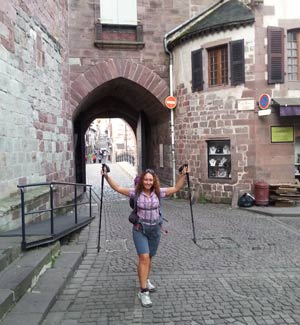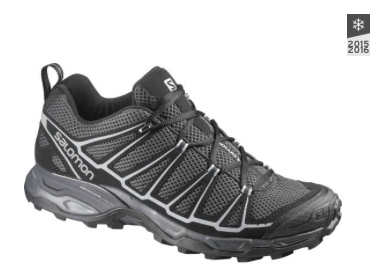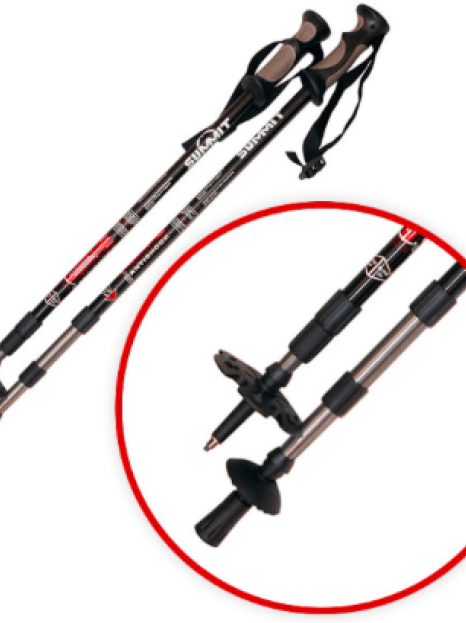Lost when it comes to decide what to pack for the Camino de Santiago?
We have you covered with this Packing List for pilgrims planning to walk the Camino de Santiago in Summer:
Clothing:
The best clothing for the Camino are wicking materials which dry quickly, such as synthetic materials or merino wool. Avoid cotton as it takes much longer to dry and does not wick sweat away from the body.
Plan to bring at least two pairs of pants/shorts and two shirts, so that you can “wash one, wear one, repeat” day after day.
During the Summer in Galicia, expect between 20 and 27 degrees during the day with cool breezes and sunshine and 12 to 18 at night so remember to bring at least one warmer top, such as a long-sleeved t-shirt or fleece, for chilly evenings.
I would also recommend bringing a hat and sunglasses to protect yourself from the sun and a good lightweight rain jacket that packs small in case the weather changes.

Footwear:
Choosing the right footwear is the most important part of selecting your Camino gear.
Be sure your shoes or boots fit well and are broken in before you arrive on the trail. Blisters are one of the primary complaints of pilgrims and can be painful enough to sideline your journey.
Footwear should be supportive but light. No need for waterproof mountain boots but you do need more support than gym shoes.
Bring a pair of lightweight sandals to wear after hiking, when you’ll be eager to get out of your hiking shoes. Crocs and flip flops are both popular options.

Socks:
They say on the Camino whatever you do take care of your feet. Good walking socks are among the most important items you can bring and you should not neglect it.
Many recommend merino wool socks, and particularly like Smartwool and Icebreaker socks. I prefer double layer socks which are usually meant for marathons. I used 1000 Miles Socks and Decathlon marathon socks after over 1500km there are still going strong.
If you find yourself particularly prone to blisters, try Akileïne Sports NOK Anti-Chafing Creams or Vaseline.
Trekking Poles:

Not essential items but I love walking with them and I find they helped taking the weight off my knees. Choose two light ones and ask a sales advisor to teach you how to use them and to adjust them properly to your size. A good investment is to add the Anti-Shock protection and change it regularly.
Plan that most Airlines will ask you to check them in before the flight and you won’t be able to bring them with you in the cabin. You can find good trekking poles at most major Camino de Santiago starting point: Saint Jean Pied de Port, Sarria, Tui…
Liquid hand sanitizer, sunscreen, and bug spray:
Liquid hand sanitizer is much more useful than sanitizer wipes when doing simple hand washing. Sunscreen and bug spray are preventive measures to protect your skin. The last thing you want to do is use your first-aid kit to treat sunburn or bug bites – two preventable skin issues!
600ml to 1 L Water Bottle or Camel Bag:
Hydration is very important. You will not know you are thirsty until it is too late, so fill it every morning before you get going and whenever you get a chance.
Tap water in Galicia is safe for consumption.
Small day backpack:
If you have the luggage transfers booked from hotel to hotel, you won’t need to carry all your belongings with you, but you will still need to be able to carry at least water, a small snack and your raincoat during the day so I recommend bringing a comfortable backpack or a bumbag. Don’t forget a Ziploo Bag to keep your valuables dry and separated from the rest.
For those carrying everything with you, choose your backpack carefully, ideally one meant for your body type and tested in the shop with weights.
You will never need more than 50L and try to keep your backpack to less than 8kg or a maximum of 9% of your weight. Weight everything with a cooking scale and take off half of what you selected.
My Camino in Albergues backpack weights empty 2,5kg but full with 1L of water, never more than 6kg.
Converter/ Adapter:
Remember if you come from outside the Continental Europe. You will need to convert to the European plug type.

First Aid kit:
1 x Pack of Compeed – a hardcore band-aid that protects while sticking to your skin until your blister has healed
1 x talcum powder – does wonders in parts of the body that sweat and rub and thus cause blisters or inflammations.
1 x packet of paracetamol / ibuprofen – Ibuprofen is especially handy for inflammations and tendonitis.
1 x packet of band aids
1 x sewing kit – just something small to repair clothes and pop blisters.